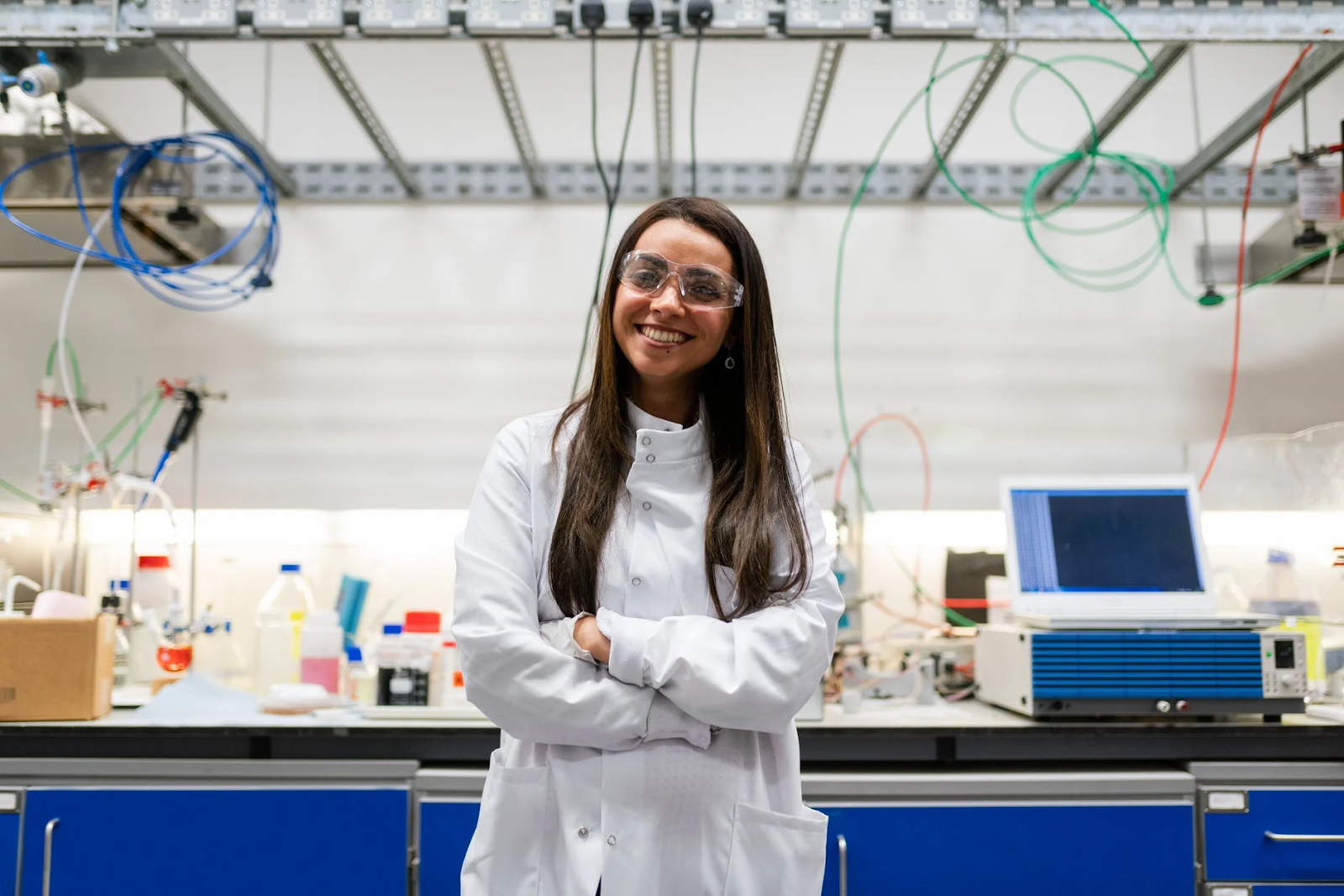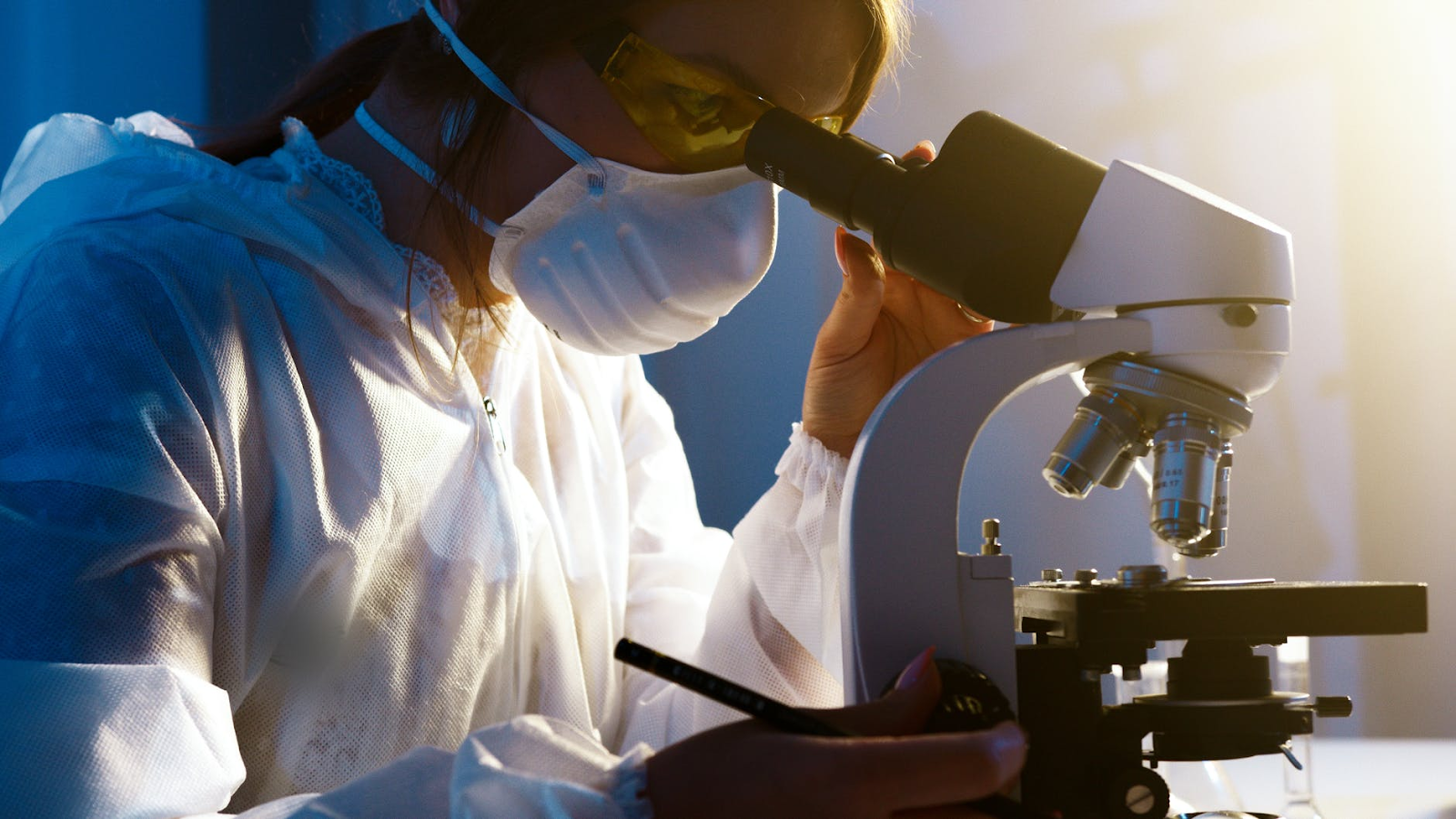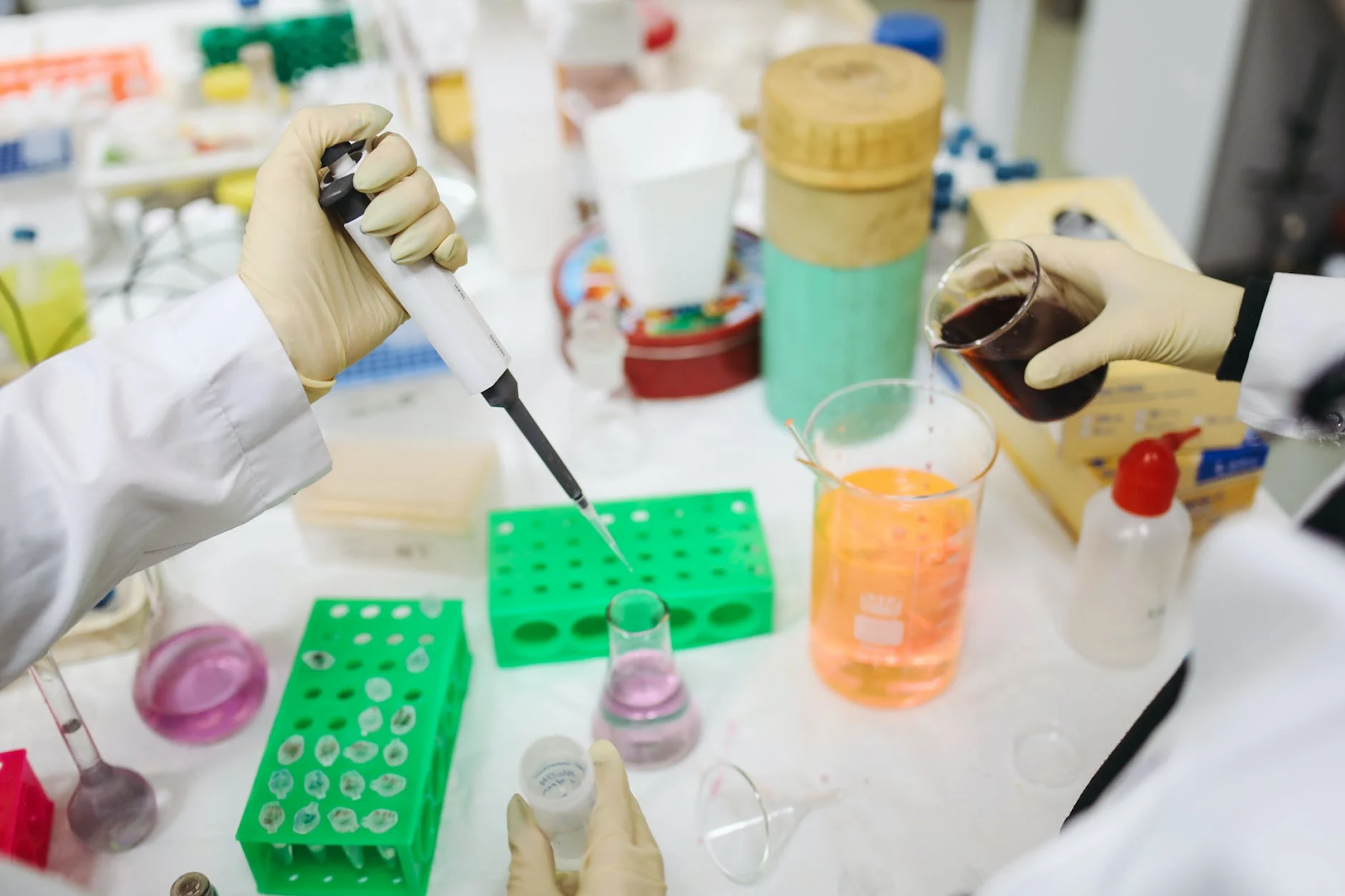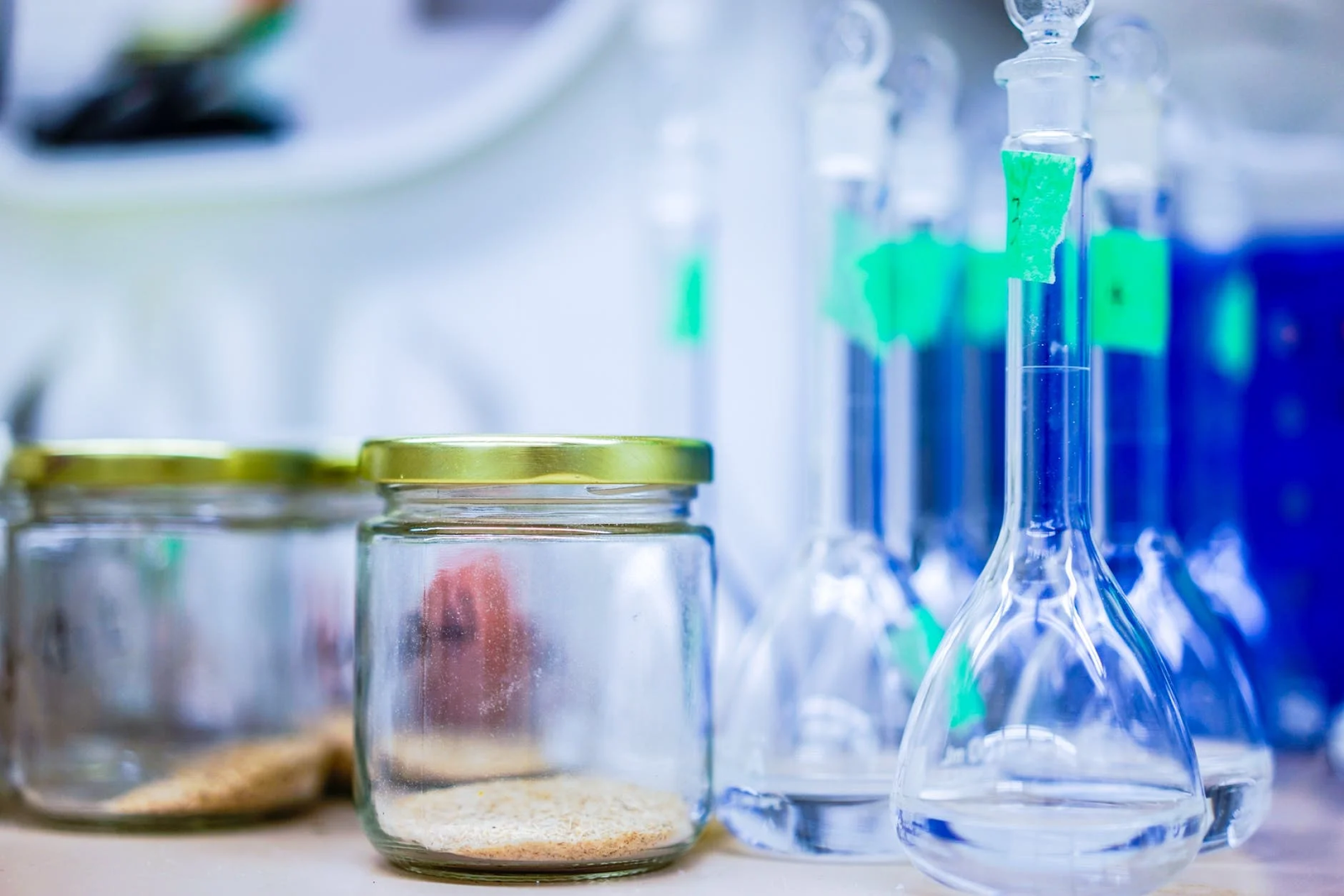Antibody Validation: How To Confirm The Specificity Of An Antibody?
May 24th 2021
One of the most used tools is the monoclonal antibody when it comes to biomedical research and studies. Such proteins tend to have the potentiality to bind and interact with desired targets, which an individual can use for cell sorting, cell imaging, immunoassays, and various other applications. However, lab workhorses do not always function like this. It largely depends on the target’s nature. If it does not qualify, antibodies can perform inconsistently in specific tests, leading to wrong target binding and false results.
Given the importance and relevance of the research antibody use, it is a billion-dollar sector to operate. Under such a program, scientists have to develop validation strategies to check if the antibodies are suitable for their needs or if the results will be positive.
What Is Antibody Validation?

Antibody validation comprises components such as proving affinity (antibody binding epitopes’ intensity), demonstrating specificity (antibody’s ability to differentiate between various antigens), and demonstrating reproducibility. Even though such a definition of antibody validation is very much reasonable, many problems concerning the widespread application and validation standards’ implementations still exist.
It is essential to know that it is an antibody supplier’s job to verify the antibody. But, since the supplier is only responsible for reagents’ quality, many factors can affect the performance of an antibody. For instance, you might observe antibodies changing during their transport process. This occurs because of substandard storage conditions at low temperatures. As a result, an end-user should perform the antibody’s secondary verification.
By committing to a few meager steps, researchers can reduce negative results in subsequent experiments. Initially, a researcher must be aware of the information usage given under the product specification, which includes the validated application, appropriate protocols, and recommended dilutions.
How Can Antibodies Be Validated?
There are several ways when it comes to antibody validation for various applications, including immunohistochemistry (IHC), Western blot (WB), immunofluorescence (IF), immunocytochemistry (ICC), ELISA kits, chromatin immunoprecipitation (ChIP), immunoprecipitation (IP), and peptide synthesis. Every assay has its set of advantages and disadvantages.
Thermo Fisher Scientific has come up with its validation platform. Such a two-part antibody validation platform can test the specificity of Invitrogen antibodies (ensuring they interact and bind with the right target) and suitability factors for different applications. However, such a test is not applicable for all the antibodies. Consequently, Thermo Fisher utilizes a specific test for every protein target, depending primarily on biological functions. Besides, one can test specific antibodies using CRISPR-Cas9 to exclude the process of gene synthesis that operates to encode a target protein.
Furthermore, Thermo Fisher has been refining and developing antibody validation tests based on the target antigen’s biological function. Here is a rundown of some case studies to specify an antibody through specificity tests.
1. Knock-outs for Cancer

One of the well-studied proteins is the epidermal growth factor receptor, which creates a dysregulation in various cancers. Here, researchers can accommodate essential proteins through the EGFR pathways to test whether an antibody is specific to downstream targets or the EGFR. Moreover, they also observe if the antibody interaction signals are changing.
In recent experiments, CRISPR-Cas9 systems have become one of the most effective and reliable ways to alleviate a gene’s presence. Besides gene synthesis, such a method makes it perfect for testing antibody specificity amid the signaling cascade. Furthermore, EGFR’s signaling cascade downstream comprises proteins like RAF, RAS, ERK, and MEK. Speaking of which, EGFR’s activation through an epidermal growth factor can lead to the phosphorylation process of such downstream proteins. A researcher can easily detect this by using various antibodies. However, adding a combination of EGF with the EGFR-knockout cells shouldn’t lead to downstream phosphorylation.
2. An array of modifications
Speaking of the cell nucleus, DNA is wrapped and tightly packaged around histone proteins to produce chromatin. Many researchers have not studied histones because they affect several chemical changes, referred to as post-translational modifications. For instance, residues found on histones may gain a single or more acetyl, methyl, or phosphoryl groups, with each of them inducing an impact on cellular functions.
Specific techniques like western blotting, chromatin immunoprecipitation (ChIP), immunohistochemistry, and immunofluorescence utilize antibodies against histone PTMs. This is done to observe a histone’s state and how it interacts and binds. A lot depends on specificity, sensitivity, and reproducibility in the ways one can use to validate antibodies. Besides, the environment plays an essential factor in such a process as well.
3. Screening for Antibody Specificity
Specificity is a process that measures an antibody’s ability to differentiate between various antigens. Even if you find antibodies to be sensitive against target proteins, there will be a lack of specificity because of cross-reactivity with different proteins. In such a case, a fine custom antibody needs to confirm the efficacy with which it interacts with the target protein.
Moving forward, one has to identify many questions before analyzing or observing an antibody’s specificity.
- What types of immunogens can be utilized to produce such antibodies?
- How can you analyze the target protein in a constructed sample?
The first question is not an easy one to answer. That is because the antibody manufacturers do not disclose immunogen types. The primary reason to understand such insight is that antibodies depend on an immunogen, be it purified protein or a synthetic peptide. While peptide synthesisdoesn’t summarize post-translational modifications or a 3-D structure of native proteins, antibodies developed utilizing peptides will not recognize the native protein. Therefore, when an immunogen is in the form of a synthetic peptide, you can apply the antibody to WB and not IHC or IP.
Preferred System for Antibody Validation - WB

WB or Western Blotting is one of the initial steps to evaluate new antibodies. That’s because it is a suitable assay for validation of protein antibodies that have denatured. But, in experimental assays where antigens are in natural conformation, it’s not the correct method to bind antibodies. Since an antibody can recognize specific epitopes in fresh tissues and various epitopes in fixed tissues, the latter can complicate the entire system.
Such a situation occurs as the unexposed epitopes found in natural proteins become accessible and available after they have gone through fixed processing. If you only want to verify the denatured antigen’s recognition through antibodies or WB, the assay can be utilized as one of the first steps of a verification process. However, the custom antibodybeing specific for selected targets is often through band observation on a particular target of a known molecular weight. If you come across multiple bands, know that they can represent various post-translational modifications, splice variants, or even decomposition products.
As a result, the final outputs of such experiments may not determine the antibody specificity.
-
Blocking Peptides May Address Specificity But Not Selectivity
Along with the WB process, one can utilize the blocking peptides to evaluate antibody specificity. This is also one of the most common approaches, primarily for IHC. Such peptides are similar to those used to generate antibodies. And, when it gets over-incubated with peptide synthesis, researchers can use the field as immuno-neutralizing antibodies. Furthermore, the researchers used the unneutralized antibody to stain one of the sample tissues within the validation process experiment. Speaking of which, if the antibody used is specific, the blocking peptide with incubation may lead to the disappearance of staining found on the tissue.
-
Appropriate Controls are Essential to Demonstrate Specificity
Amid the antibody validation process, it is essential to use the proper controls to demonstrate antibody specificity. However, when it comes to the cannabinoid CB2 receptors and antibody verification experiments, scientists found out that the traditional practice of utilizing a positive control is insufficient to cap antibody’s reliability. In such a validation study, research teams used several techniques like mass spectrometry, WB, and blocking peptides to acquire many positive results, indicating the efficiency and effectiveness of anti-CB2 antibodies.
Antibody Affinity’s Determination
Yet another parameter in confirming an antibody’s specificity is the antibody binding affinity. Such an element refers to the strength of an antibody molecule’s binding process to an epitope. Moreover, many report it as KD or equilibrium dissociation constant, which is related to a koff or antibody dissociation rate and antibody binding rate or the antibody association rate.
Moving on, one can perform affinity determination with high efficacy and precision since they are selective only for similar epitopes. However, in polyclonal antibodies, the detected epitopes are heterogeneous with different affinities
-
ELISA-based Process
ELISA is one of the most famous ways of studying antibody affinity. While using ELISA kits, you do not require a significant amount of antigens and antibodies and protein purification. Here, an antibody’s fixed concentration gets incubated with antigens until the experiment reaches a steady state. Post that, the indirect ELISA kitsmeasure the unbound antibody’s concentration. Such a process requires initial preliminary investigations to ensure that it uses custom antibody concentration within various ranges of the ELISA reaction process.
Moreover, only a meager amount of free antibodies remain on the plate of the solution. Such a factor is essential to keep the solution’s equilibrium and measurement safe. -
Microscale Thermophoresis (MST)
Microscale Thermophoresis is one of the biophysical methods to detect antibody molecules’ affinity over vast concentrations. Such a process helps judge the affinity amid molecules by calculating specific movements of molecules with the microscopic temperature gradient. It largely depends on various significant factors such as charge, hydrated shell, and molecular size.
-
Surface Plasmon Resonance (SPR)
Surface Plasmon Resonance (SPR) is an optical method to detect interactions between molecules. This process occurs when one of the molecules has gone through immobility in a metal film while the other is mobile. As a result, the combination of such molecules can change the film’s refractive index. That’s why, when the film receives the polarized light, the light’s extinction angle changes and transforms, making it accessible through an optical detector.

Antibody Reproducibility
In the end, you need to verify an antibody’s reproducibility, which is a significant unit of antibody detection. One of the most common misconceptions about antibody testing is that people assume they produce similar and familiar results. However, that is not true. These antibodies do not produce, be it from different manufacturers or similar batches available during the testing phase.
Additional Tips To Contemplate While Validating Antibodies
-
Preparation and choice of tissue samples or cell lines – true negative and positive controls are vital.
It is pretty essential to choose suitable samples that can express target proteins for positive controls. Furthermore, opt for appropriate cell lines that do not promote a protein as the true negative control.
One can source all the insight and information through online protein databases or peer-reviewed papers. Moreover, an antibody may or may not acknowledge a protein in its denatured or native state. Therefore, it is imperative to prepare and observe test samples beforehand.
-
Protocols
Ensure that you have utilized an optimized protocol to provide the custom antibody with the utmost chance to qualify for the validation process. It is also applicable when you are just passing the antibody through such a process. For example, incubation can vary significantly from a minimum of sixty minutes to overnight at around 4°C. This is done to determine the optimal incubation period for every antibody used. If the period does not have a long duration, you can encounter sensitivity issues. However, if the incubation runs for an extended period, it may result in background staining.
Other essential factors like blocking conditions, working dilutions, and denatured vs. native conditions are also required to go through an individual optimization process.
3. Buffer Choice
It is imperative to know that most antibody assays will utilize two buffer types - TBS or PBS. But, you will have to determine the optimal buffer. Furthermore, one has to consider subtleties like pH.
The Bottom Line
In the end, to successfully validate and confirm the specificity of an antibody, you have to meet specific criteria and factors. Ensure that antibodies meet the affinity, specificity, and reproducibility needed for their utilization. For such a process, perform a secondary validation, keeping the antibody detection standard in consideration. Only through such ways can an individual guarantee the reliability and dependability of the experimental data.

